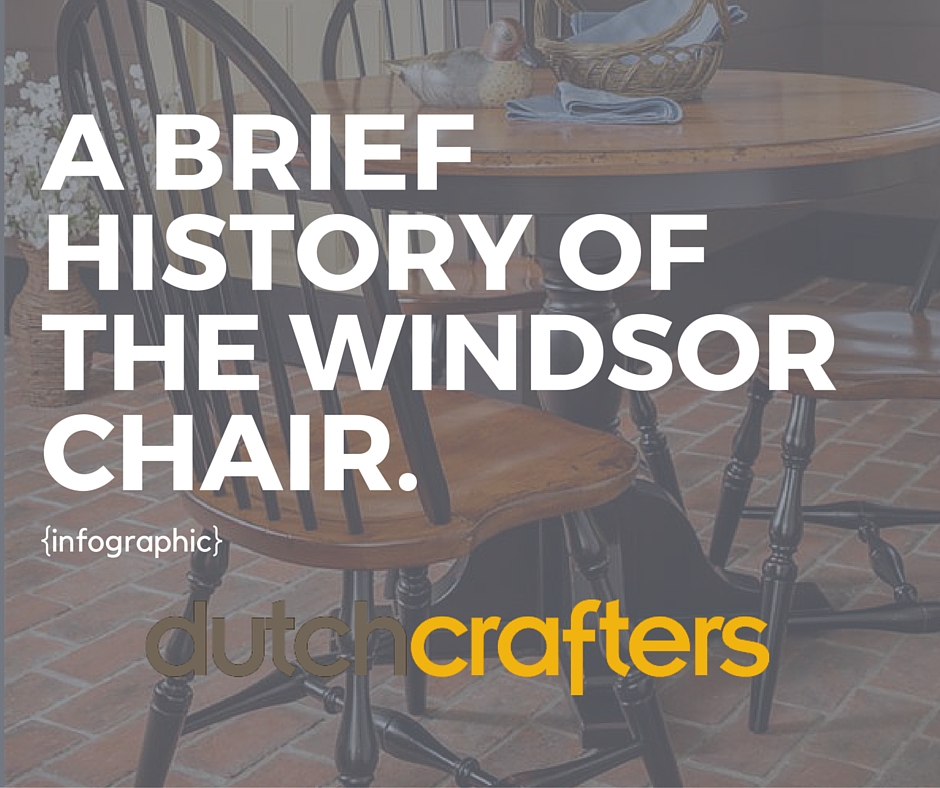A Step-By-Step Overview To Fixing Vintage Cabinets
A Step-By-Step Overview To Fixing Vintage Cabinets
Blog Article
Content Produce By-Hobbs Wilkerson
To begin the trip of recovering antique cabinets, you need a keen eye for information. Visualize discovering covert secrets within each layer of history embedded in the wood. Picture the fulfillment of reviving a once-forgotten piece to its former splendor. Every action of this precise process holds the essential to preserving the past while producing a future treasure. So, are you ready to embark on this transformative undertaking and unlock the possibility of your antique closets?
Evaluating the Cupboard's Problem
When beginning the reconstruction process, start by assessing the condition of the antique cupboard. Very carefully analyze the total framework for any indications of damages such as splits, chips, or loosened joints. Examine the wood for any type of rot, bending, or insect invasion that may have happened with time. It's vital to identify the level of the reconstruction required before continuing even more.
Next, check the closet's equipment such as hinges, handles, and locks. Make note of any missing out on pieces or parts that need fixing or substitute. Make sure that all equipment is operating appropriately and securely connected to the cabinet.
Furthermore, examine https://tophomeinspectorsnearme43197.idblogz.com/28325884/submerse-on-your-own-in-a-world-of-premium-handiwork-and-individualized-design-assisted-by-a-skilled-personalized-cupboard-manufacturer-transforming-your-space-into-practical-and-imaginative-expressions . Seek any kind of scrapes, stains, or discoloration that may affect the visual allure. Figure out if the coating requires to be removed and reapplied or if a basic touch-up will be sufficient.
Collecting the Needed Devices and Materials
After assessing the condition of the antique cupboard, the following action is to gather the necessary tools and materials for the repair process. Prior to you begin, ensure you have the following items handy:
- wood cleaner
- sandpaper in various grits
- timber filler
- paint or wood discolor
- brushes
- gloves
- safety and security goggles
- a dust mask
- a ground cloth
- a putty blade
- a hammer
- a screwdriver
- a vacuum cleaner
These tools and materials are necessary for a successful reconstruction.
Timber cleaner is important for eliminating years of dirt and grime buildup, preparing the surface area for fining sand. custom woodwork of different grits helps in smoothing out blemishes and preparing the wood for a new surface. Wood filler comes in handy for fixing any type of fractures, holes, or dents existing in the cabinet.
Repaint or wood stain, along with brushes, allow you to tailor the cabinet to your choice. Keep in mind to use gloves, security goggles, and a dust mask for security. Set average cost of remodeling a kitchen to safeguard your workspace, and use a vacuum cleaner to tidy up any debris.
With https://www.housebeautiful.com/home-remodeling/interior-designers/a31932839/relaxing-bedroom-ideas/ and materials gathered, you're ready to start the restoration procedure.
Executing the Restoration Process
To successfully perform the restoration procedure on your antique cupboard, begin by thoroughly cleansing the surface with the timber cleaner. This action is crucial as it aids get rid of years of dirt, grime, and old polish that might have built up on the surface.
When the cupboard is clean and dry, evaluate the problem of the wood. Seek any type of cracks, scrapes, or other damages that require to be addressed. Use timber filler to fix any imperfections, making sure to match the filler color to the wood tone for a seamless finish.
After the fixings have actually dried, carefully sand the whole surface area to develop a smooth and even base for the brand-new surface. Beware not to sand as well aggressively, as you do not wish to harm the timber underneath.
When the sanding is complete, use a timber discolor or finish of your selection, adhering to the manufacturer's directions. Permit the coating to completely dry totally before using a protective leading coat to ensure the long life of your recovered antique closet.
Conclusion
Since you have actually finished the repair process, your antique cupboard looks like new.
By complying with the step-by-step guide, you were able to analyze, fix, and boost its condition with ease.
With a fresh surface and safety top coat, your cherished piece will continue to shine for many years to find.
Take pleasure in the appeal of your brought back antique cabinet!
